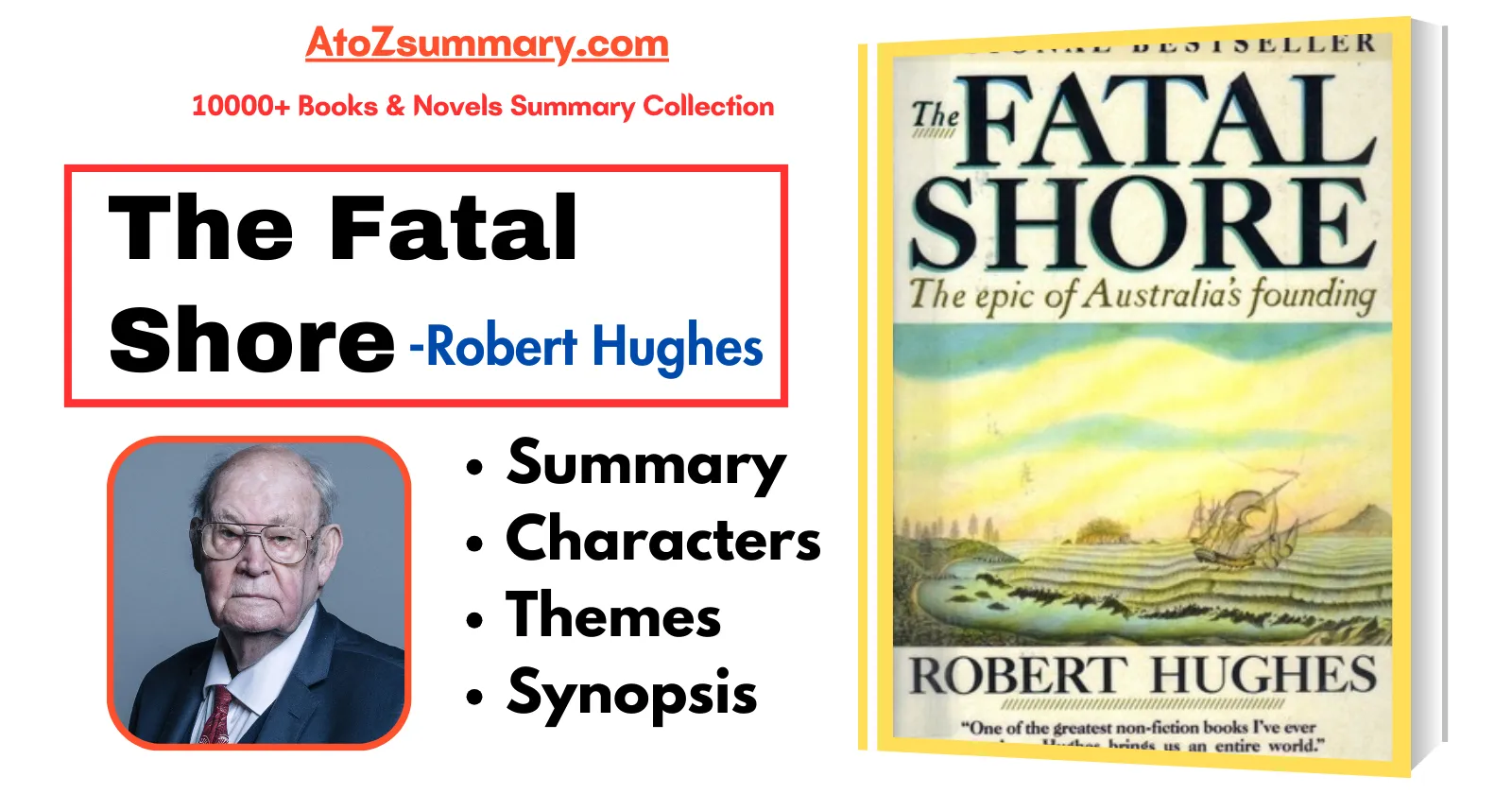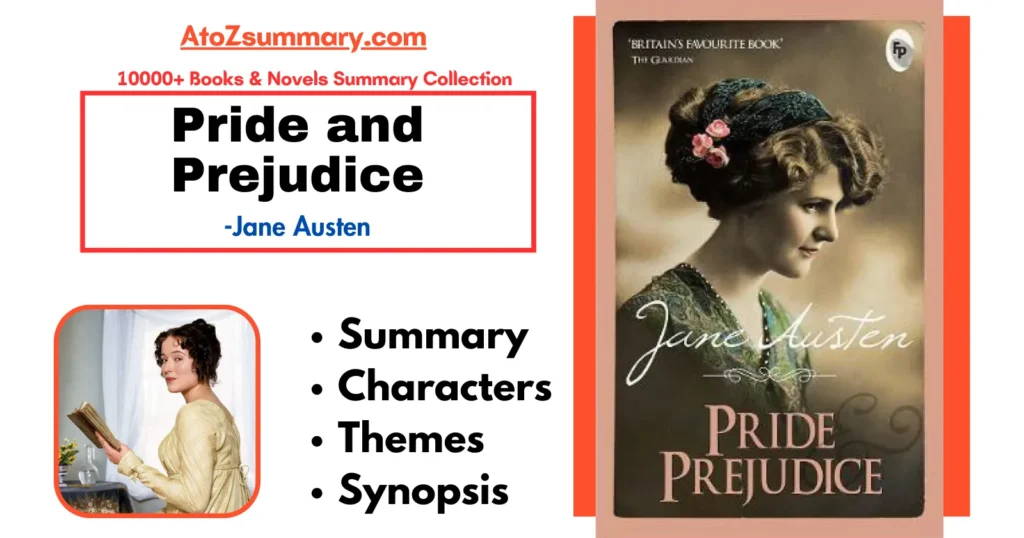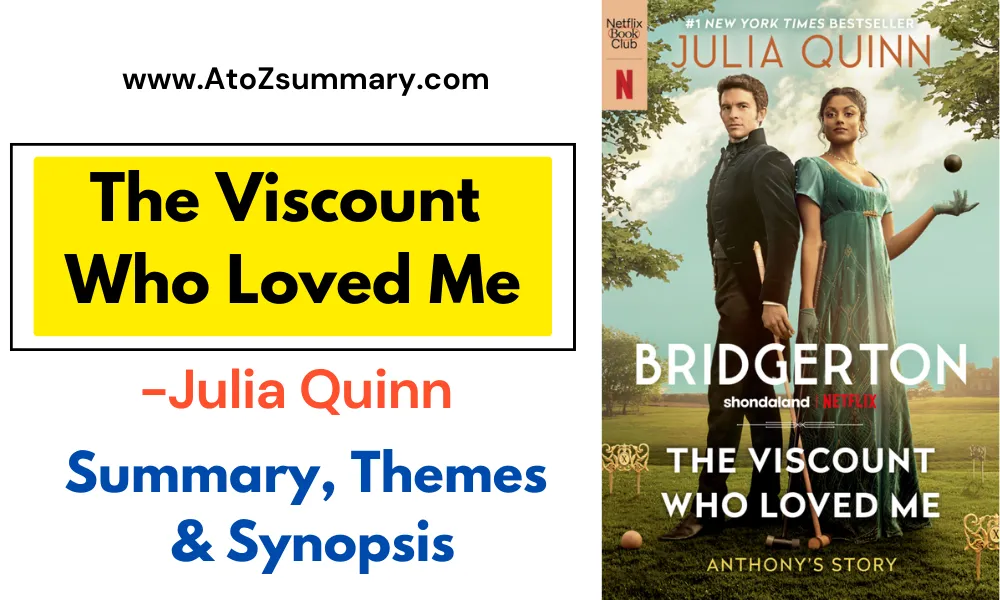Analysis
The Fatal Shore by Robert Hughes is a sweeping and magisterial account of the early years of British colonization of Australia, and especially the history and social effects of Britain’s convict transportation system.
Hughes’s book is a landmark work of Australian history, and it has been praised for its scholarship, its literary style, and its unflinching honesty.
| Book Title | The Fatal Shore |
| Author | Robert Hughes |
| Publication Year | 1986 |
| Genre | Non-Fiction, History |
| Setting | Australia |
| Awards | Duff Cooper Prize (1987), WH Smith Literary Award (1988) |
| Writing style | Hughes’ writing is vivid and engaging, and he does not shy away from the brutality and harshness of the convict transportation system. |
Characters
The characters of the book “The Fatal Shore” by Robert Hughes are:
- Arthur Phillip ➤ He was the first Governor of New South Wales and played a crucial role in the early days of the Australian colonies.
- Aboriginal Australians ➤ The indigenous people of Australia, who had been living on the continent for thousands of years before the arrival of the British convicts.
- Convicts ➤ These were people who were sent to Australia as punishment for their crimes in Britain. They were a diverse group of individuals, each with their own stories.
- Soldiers and Officers ➤ The British military personnel who maintained order and enforced the law in the colonies.
- Colonists ➤ Free settlers who arrived in Australia to build a new life, separate from the convicts.
- Governors and Officials ➤ British government representatives who were responsible for running the penal colonies.
- Settlers and Pioneers ➤ Individuals and families who moved to Australia to establish farms and communities.
- Criminals and Outlaws ➤ People who broke the law in the colonies and sometimes formed gangs.
- Ship Captains and Crew ➤ Those who brought convicts and supplies to Australia on ships.
- Indigenous Leaders ➤ Aboriginal leaders who interacted with the British settlers.
Themes
The themes of the book “The Fatal Shore” by Robert Hughes are:
- Colonization ➤ The book explores how the British established a penal colony in Australia, changing the course of its history.
- Punishment and Injustice ➤ It depicts the harsh conditions and injustices faced by convicts and the impact on their lives.
- Cultural Clash ➤ The clash between British settlers and the indigenous Aboriginal people is a central theme, highlighting the cultural conflicts and consequences.
- Transformation ➤ It shows how Australia transformed from a harsh penal colony into a nation.
- Human Resilience ➤ The resilience and survival of convicts and early settlers are highlighted.
- Historical Perspective ➤ It provides a detailed historical perspective on Australia’s early days, shedding light on its development and challenges.
Synopsis
Robert Hughes’ book “The Fatal Shore” tells the story of Australia’s early history as a British penal colony. It investigates how the British Empire sent convicts to Australia and the harsh conditions they were subjected to. The book discusses the difficulties they encountered, the conflict with Indigenous peoples, and Australia’s eventual formation as a nation. It’s an engrossing account of modern-day Australia’s harsh and difficult beginnings.
Summary
Robert Hughes, an art critic and historian, wrote a monograph titled The Fatal Shore (1986) that covers Australia’s history, starting with its beginnings as a Victorian prison colony. Both the 1987 Duff Cooper Award and the 1988 W.H. Smith Literary Award were given to the work. Born in Sydney, Hughes attended Sydney University as a young man to study art and architecture before relocating to London in the 1960s and penning the highly respected The Art of Australia (1966).
He immigrated to the United States in 1970 to work as Time magazine’s art critic, where he earned a reputation for being passionately outspoken in both his praise and criticism. The Shock of the New, a public television program for the BBC that reviewed and celebrated the course taken by what has come to be regarded as “modern art” after it was released from the demands of representationalism, is possibly the work for which he is now most remembered.
The Fatal Shore chronicles the origin of Australia with a constant emphasis on the historical fact that earlier historians tended to ignore or downplay: that Australia was founded as a social dump for what the Victorians referred to as the “criminal class.” Australia was created out of desperation, in sharp contrast to America, which had arisen as a country of opportunity and, for many, optimism. Over around 60 years, some 160,000 men and women were sent there as convicts from England. These were frequently reduced to sentences of exile to the prison colonies, most typically presented as a gesture of “mercy” given that Victorian strictness of law had made the death penalty a usual judgment for even minor acts.
The disturbing fact of these origins—which Hughes, speaking for all Australians, calls “a moral blot soaked into our fabric”—is still a historical reality; Hughes’ book seeks to restore them. To grasp Australian history, Hughes begins by explaining the London that gave birth to Australia. On the one hand, London was the epitome of the urban world at that time, full of exquisite buildings and parks, and the residence of countless renowned intellectuals, artists, and scientists. Although it was one of the most dirty, filthy, and offensive towns in the world, it was also home to rat hordes, child labor, disease, and a sizeable population of people who were driven by poverty into a life of crime.
About the latter, birthrates were rising, and although industrialization’s factories had created a large number of low-paying employment, the market had become oversaturated, forcing many to turn to crime as a last alternative. Particularly common crimes were stealing forgery, and prostitution. As a result, harsh regulations were passed to control the criminal excesses of what Edmund Burke called the “swinish multitude.” Unsurprisingly, this resulted in a significant increase in the number of persons receiving jail sentences each year. But there was only so much room in London’s prisons; where would the excess inmates go?
Australian lands. After all, the British were no longer able to carelessly toss their unwanted upon American beaches in the aftermath of the War for American Independence. Thankfully, Captain James Cook “discovered” (to the West) Australia in 1770. In 1786, William Pitt the Younger’s cabinet proceeded to establish the first penal colony in Botany Bay, close to modern-day Sydney, after he gave the new continent the name New South Wales. Hughes describes how challenging it was to keep up a jail system located so distant from its administrative hub in London.
Everything was in short supply in Australia, including resources, skilled labor, capital, & not least, livable land. However, there were a lot of (understandably) irate natives there. Australia had been England’s preferred prison colony for over a century before the discovery of gold in Australia and several other causes at home abruptly altered British elites’ perceptions of the continent. By that point, Tasmania and Norfolk Island were also populated, along with the majority of the useable land in the east and southeast.
Since Hughes’s book concerns the history of a country, it is challenging to summarize. But in addition to the fact that any such tale would always have so many details, characters, and plot threads that a neat summary is impossible, Hughes’s account is also, in some ways, still a story – a particular storyteller’s account of events. That is to say, Hughes is not entirely objective and has received criticism for his lack of interest in native Americans, his sporadic overemphasis/overestimation of inconsequential details (like Alexander Maconochie’s system of prison reform), and his propensity to veer off on lurid side stories that detract rather than advance the main thrust of his work. Despite its weaknesses, The Fatal Shore is nevertheless regarded as a masterpiece, in large part because of Hughes’s singular writing style, extensive research, and unwavering commitment to recovering an important aspect of Australia’s past.
FAQs
Why did the British start transporting convicts to Australia?
The British started transporting convicts to Australia in 1788 because their prisons were overcrowded and they were looking for a new place to send their criminals. Australia was also seen as a remote and inhospitable place, so it was thought that it would be a good deterrent to crime.
What were the conditions like for convicts on the voyage to Australia?
The conditions on the convict ships were appalling. The convicts were often packed into cramped and filthy quarters, and they were fed a diet of meager rations. Many convicts died on the voyage from disease and malnutrition.
What was life like for convicts in the early days of the colony?
Life for convicts in the early days of the colony was extremely difficult. They were forced to work long hours in harsh conditions, and they were often subjected to brutal punishment. The convicts also had to contend with the dangers of the Australian bush, such as poisonous snakes and wild animals.
What impact did the British convict transportation system have on Aboriginal Australians?
The British convict transportation system had a devastating impact on Aboriginal Australians. The convicts brought diseases that decimated the Aboriginal population, and they also displaced Aboriginal people from their traditional lands. The convicts also committed many atrocities against Aboriginal people, including murder and rape.
How did the British convict transportation system contribute to the development of Australian identity?
The British convict transportation system played a significant role in the development of Australian identity. The convicts came from all walks of life, and they brought their own unique cultures and traditions to Australia. This diversity helped to shape the Australian character, which is known for its egalitarianism and its resilience.











